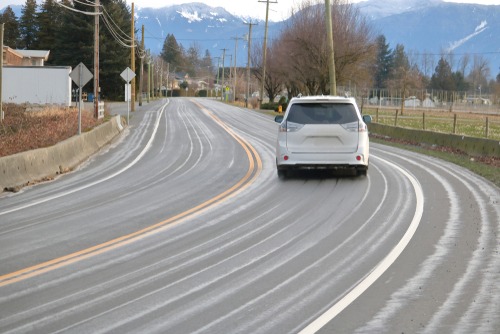
In Wisconsin, liquid brine cleared snow on highways faster, provided better friction on roadways, and reduced overall salt usage, according to a University of Wisconsin – Madison’s Traffic Operations and Safety (TOPS) Lab report.
Liquid brine combines salt and water used to clear winter roads. When used before storms, brine helps prevent snow and ice from bonding to a driving surface. When brine is used to wet granular salt as it’s distributed, it helps the salt stick to a roadway and activates a chemical reaction that melts snow and ice. Brine can also be sprayed directly on the roadway to break the bond between snow and pavement.
Researchers examined data from 10 counties and compared brine-cleared routes to those cleared with a traditional granular rock-salt method. The researchers found that brine-treated roads were more likely to show a higher friction rating, cleared more than two hours faster on average, and reduced salt usage by 23 percent.
“With salt costs continuing to rise, it’s imperative we work together to optimize supplies and deliver the most safe and effective service possible for the taxpayer,” Craig Thompson, Wisconsin Department of Transportation secretary, said. “Liquid brine is a great example of how we strive to implement sustainable and earth-friendly alternatives during winter highway maintenance.”